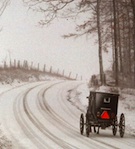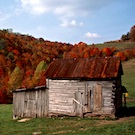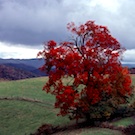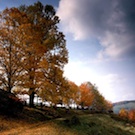Geese
Canada geese can be a nuisance around the lake. With their numbers and large droppings they can create health hazards. Here we try to collect information on how to deal with them.
Canada geese are grazers and prefer grass, especially fertilized lawn grass. They tend to forage in areas with open sight lines and access to water where they can see and escape predators. Mated geese pair off in late winter and defend preferred nesting sites— those near water with a good view of the surrounding area—from other geese. Both parents defend the nest and goslings until the young are 10 weeks old and can fly. Within a day or two of hatching, parents may lead goslings as far as two miles to grass and water if their nest site does not offer these.Adult Canada geese molt (completely replace flight feathers) each summer and cannot y during this six-week period. After adults have completed the molt and young geese grow their first flight feathers, they begin to travel in flocks. Geese graze on lawns. And where geese graze, they also defecate, raising the ire of people who use these areas. Sometimes, people express concerns about health and safety as well. (from [5])
Resources:
- Many of the reports can be found on the document archives of the Deep Creek Watershed Management Plan work.
- Canada Geese - Michigan Department of Natural Resources
- Nuisance Canada Geese Management - Indiana Department of Natural Resources
- What to Do About Canada Geese - The Humane Society of the United States
- Solving Problems With Canada Geese: a Management Plan and Information Guide - The Humane Society of the United States
- Canada Geese - Virginia Department of Game & Inland Fisheries
- Maryland Birds - Maryland Department of Natural Resources
- Controlling Conflicts with Resident Canada Geese in Maryland - Maryland Department of Natural Resources
- Canada Geese Damage Management, Public Health Issues - Internet Center for Wildlife Damage Management











